14 days to Japan
Duration
14 days
Max People
50
Min Age
3+
Pickup
Airpot
Overview
This immersive tour takes you through Japan’s vibrant cities, historic temples, and breathtaking landscapes. Begin in Tokyo, exploring Asakusa’s Senso-ji Temple and the upscale Ginza district. Discover Harajuku’s trendy streets, the serene Meiji Shrine, and Shinjuku’s nightlife. Travel to Kamakura, Japan’s 12th-century capital, and Hakone’s Open-Air Museum, with a possible Mount Fuji view.
Stay near Lake Kawaguchi before hiking in the Japanese Alps and visiting Matsumoto’s Crow Castle. Wander through Kiso Valley’s traditional villages and explore Takayama’s old town. In Kanazawa, admire Kenrokuen Garden and a samurai house, then head to Kyoto for the Golden Pavilion (Kinkakuji), Kiyomizu-dera, and Gion’s geisha district.
Visit Nara’s Great Buddha and Himeji’s White Heron Castle, then reflect at Hiroshima’s Peace Park. End with a Shinkansen (bullet train) ride back to Tokyo, stopping at futuristic Odaiba Island and bustling Shibuya.
Tour Highlights
Tokyo’s Asakusa & Senso-ji Temple – Walk through Nakamise-dori’s food stalls to Tokyo’s oldest Buddhist temple.
Harajuku & Meiji Shrine – Experience youth culture on Takeshita Street, then find serenity in a forested Shinto shrine.
Kamakura’s Temples & Bamboo Groves – Explore Japan’s medieval capital and its tranquil shrines.
Hakone Open-Air Museum & Mt. Fuji Views – Stroll among world-class sculptures with possible glimpses of Fuji.
Matsumoto’s Crow Castle – One of Japan’s few original feudal castles, famed for its black exterior.
Kiso Valley’s Post Towns (Magome/Tsumago) – Hike between preserved Edo-era villages on an ancient samurai route.
Takayama’s Old Town & Thatched-Roof Villages – Sip sake and step back in time in rural Japan.
Kanazawa’s Kenrokuen Garden & Samurai District – Admire one of Japan’s “Three Great Gardens” and historic homes.
Kyoto’s Golden Pavilion & Gion Geisha District – See the glittering Kinkaku-ji and wander lantern-lit alleys.
Hiroshima’s Peace Park & Miyajima’s Floating Torii – Reflect on history, then visit the iconic shrine on Itsukushima Island.
Included/Excluded
- Accommodation – Hotels with hot springs (onsen) in select locations.
- Meals – Daily breakfast (B), some dinners (D), and welcome/farewell meals as marked.
- Guided Tours – Expert-led visits to temples, castles, and historic districts.
- Entrance Fees – Senso-ji Temple, Nezu Museum, Hakone Open-Air Museum, Matsumoto Castle, etc.
- Transport – Bullet train (Shinkansen), ferries (Miyajima), and private coach transfers.
- Luggage Forwarding – Sent ahead to Tokyo (day 11); overnight bag required.
- Cultural Experiences – Samurai district walk, geisha district tour, sake brewery visit.
- Hiking Excursions – Scenic walks in Kiso Valley, Japanese Alps, and bamboo forests.
- Cable Car Ride – Hakone’s ropeway (weather permitting).
- Airport Transfers – Arrival/departure transfers in Tokyo.
- International Flights – Must be booked separately (tour starts/ends in Tokyo).
- Lunches & Some Dinners – Only meals marked (B, D) are covered; expect to budget for extra meals.
Tour Plan
We will take off from Airport via an intermediate destination to Tokyo, where we will land the next day. From here we will set out to explore Tokyo, the capital of Japan. We will visit Asakusa, the ancient area of Tokyo, to visit the Senso-ji Temple, the most important Buddhist temple in Tokyo. An avenue of traditional food stalls leads to the temple, and at its end are incense burners, which, according to belief, will cure anyone whose body is touched by the smoke of the incense. We will check in at the hotel and set off for an evening stroll in Ginza, the prestigious area of Tokyo. Here we will find the world's largest brand stores (including Uniqlo😊), leading electronics brand stores, impressive buildings and huge department stores. Overnight in Tokyo. (E)
We will start the day at Tokyo's fish market, where we can find fish, oysters, various types of seafood, knives and more. We will move on to the Harajuku district, here we will enter through a dense forest the Shinto Meiji Shrine dedicated to the memory of Emperor Meiji, who put an end to feudal rule and the shogunate in 1867. We will walk along the beautiful Omotesando Avenue, cross the busy Takeshita Street, between small boutiques and many young men and women. We will visit the unique Nezu Museum - a museum of Japanese art located in a building with a modern minimalist design. We will end in Shinjuku, the area with the most vibrant nightlife in Tokyo. Overnight in Tokyo (B, E)
We will go to the nearby town of Kamakura, a town located by the sea, and was the capital of Japan in the 11th-12th centuries. During the years when it was the capital, a considerable number of temples were built there, and we will visit some of them, combined with a beautiful walk in a pleasant bamboo grove. We will continue west to Hakone. Here we will visit one of the most talked about museums in the world - the Hakone Open Air Museum, which displays sculptures by the best sculptors in the world in a spacious garden. If time permits, we will take the cable car to an area with a lot of thermal activity. Steam rises from everywhere, and volcanic mud bubbles. From here you can sometimes see the "shy mountain" - Mount Fuji - sacred to the Shinto tradition, towering in all its glory. We will drive around Mount Fuji to the other side of the lakes at the foot of the mountain. Overnight in the Lake Kawaguchi area at a hotel with hot springs. (B, E)
fter breakfast, we will ascend through the mountains and take a beautiful hike along a stream surrounded by picturesque rocks. The landscape will provide us with an example of a source of inspiration for traditional Japanese painting. From here, we will travel north to the city of Matsumoto, where one of the few castles that has not been destroyed is located. The castle is called the Crow Castle, due to its black color. We will ascend to the various rooms of the castle and learn about the lives of the samurai and the daimyo - local rulers. Overnight in Matsumoto. (B, E)
Today we will travel deep into the Japanese Alps. We will cross the mountains in the "Land of Snow" region adorned with snowy peaks and green valleys, as we head towards the central ridge of Japan's mountain range. We will descend into a magical valley named after the ridge above it, the "Kiso Valley". We will continue our journey between the mountains to the Kiso Valley, which sits between the mountains and is dotted with picturesque villages. Here we will take a charming walk through two villages that sat on the ancient road to Edo, an important route through which messages were conveyed from the shogun to the residents. Over the years, guesthouses and restaurants have developed along the road, which over the years have become villages. Around the villages are cultivated fields and picturesque landscapes. We will continue through the Japanese Alps until we reach Taka Yama, which sits in a valley at the foot of the Hida Range, which rises to an altitude of 3,190. Overnight in Taka Yama. (B, E)
We will stroll for our pleasure along the old pedestrian street in the city of Takayama, among the sake breweries and souvenir shops. We will visit one of the villages that preserves traditional houses. These houses are built in the traditional way from wood, ropes and a thatched roof. We will visit one of the houses and tour the village. From here we will descend through many rice fields to Kanazawa, which sits on the Sea of Japan. Overnight in Kanazawa. (B, E)
This morning we will visit Kenrokuen Garden, one of the three most beautiful gardens in Japan. This spacious garden is the castle garden of the leaders of the Mada Dynasty from 1553 to 1867. The Mada Dynasty was the second most powerful in Japan. The most powerful dynasty was the Tokugawa Dynasty - samurai who lived in Tokyo (Edo). We will move to the samurai district, here we will walk through alleys that have been preserved since the days of the samurai and enter a samurai family home. We will not miss a traditional geisha teahouse and at the end of the tours we will drive to Kyoto. After getting ready, we will go to the Gion area, the traditional entertainment area of Kyoto, where geishas still work today. Overnight in Kyoto. (B, D)
Kyoto was the capital of Japan for centuries. The emperor resided here from 794 to 1868, the year the capital was moved to Tokyo. We will visit the famous Ryoanji rock garden, and continue to the Golden Temple, Kinkakuji, which is considered the crown jewel of Kyoto - a beautiful gold-plated temple with a natural water pond in its center. We will visit Kiyomizudora Temple, from which there is a beautiful view of flowering trees and we will reach the medicinal spring. When we leave, we will wander among the abundant shops. Overnight in Kyoto (B, D)
We will start at the Nijo Castle of the Shogun Tokugawa Iso, a magnificent and impressive building. We will move on to the Shinto Heian Shrine, which was built in honor of Emperor Meiji to strengthen the connection between Shinto and the empire. We will tour the temple garden, considered one of the most beautiful in Japan, and walk along the Philosopher's Path, a beautiful avenue of cherry blossom trees along the eastern hills of Kyoto. From here we will travel to Nara - the first capital of Japan. There the first emperors lived and there Buddhism was first embraced. We will visit the important Todaiji Temple - which boasts a huge statue of Buddha and walk in the park where deer also walk freely in the park, to the Shinto shrine Kasuga Taisha, the path to and around which is decorated with thousands of stone lamps. Overnight in Kobe or Himeji (B, E)
After breakfast, we will travel to the city of Himeji. Here we will be impressed by one of the most beautiful castles in Japan - Heron Castle, due to its white color. The castle is original and those who climb the many stairs to the top will be rewarded with a view for many kilometers. We will continue to the observation of the Seto Ohashi Bridge, which connects the island of Honshu to the island of Shikoku and passes through small islands in the "inland sea". The long bridge (13 kilometers) passes with impressive ease from island to island. We will walk through the restored and beautiful streets of the town of Kurashiki, which has retained its traditional character and at the same time we can see the changes that took place in the 19th century, when industry entered and Japan became an industrialized country. Overnight in Hiroshima (B, D)
* The luggage is being sent to Tokyo. An overnight bag must be prepared.
After breakfast, we will visit the Peace Park and its museum, and learn about the day the bomb was dropped from a local perspective.
We will cross to the other side of Hiroshima, and take a ferry to Miyajima Island. Here we will see the famous Shinto shrine – Itsukushima Shrine. We will be able to see the famous torii (red gate) emerging from the water, and we will hike to a Buddhist temple up the mountain – Daishoin. Overnight in Hiroshima (B, D)
We will go to the train station and take the "Shinkansen" high-speed train to Tokyo. The high-speed train travels many kilometers at a speed of about 300 km/h. We will cross the bay to Odaiba Island, a man-made island, which was built to increase the space in Tokyo. Here we will marvel at the technological innovations and new buildings. In the afternoon we will tour Shibuya, an area full of young people, shopping malls, restaurants and neon lights. Overnight in Tokyo. (B, D)
the morning we will transfer to Tokyo airport and fly via an intermediate destination. (B)
The route will also take place in reverse and in a different order, according to the airline's flights.
Changes may occur depending on flights, weather, road conditions, government instructions, and the guide's best considerations for the benefit of the trip.
B = breakfast
Lunch = Lunch
Dinner = D

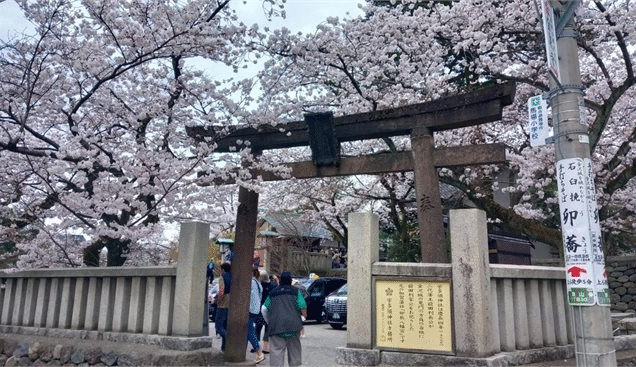
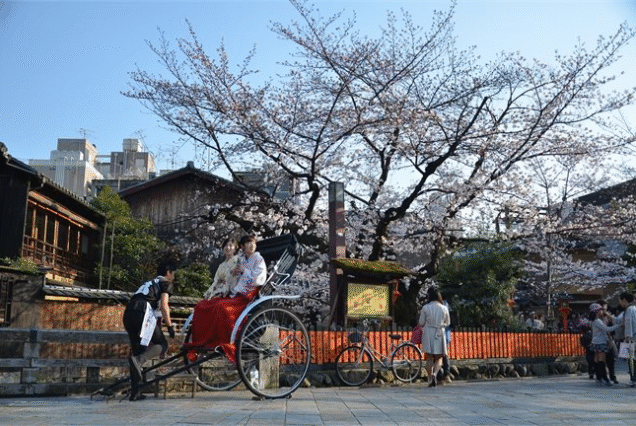
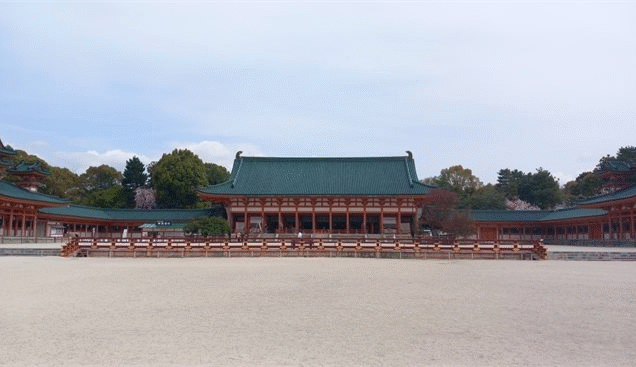
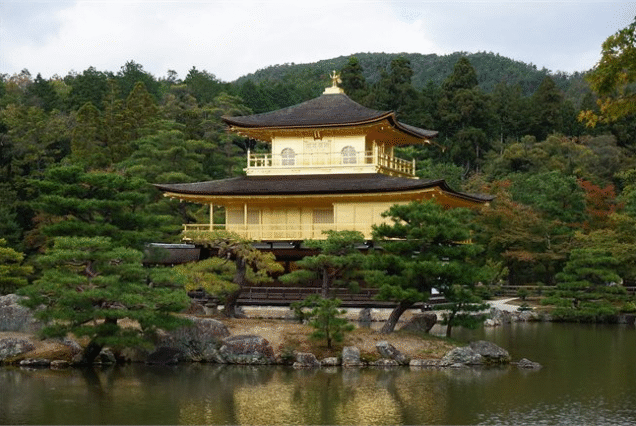
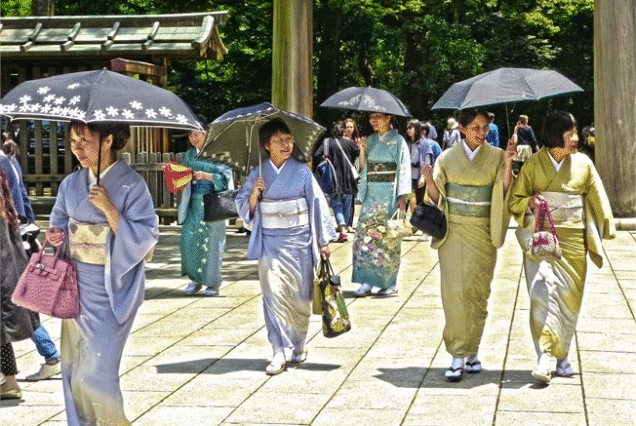
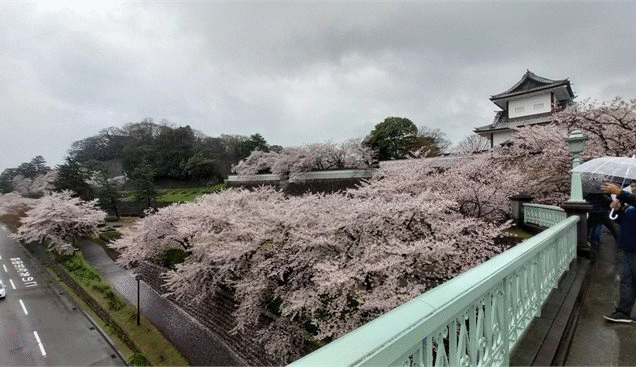

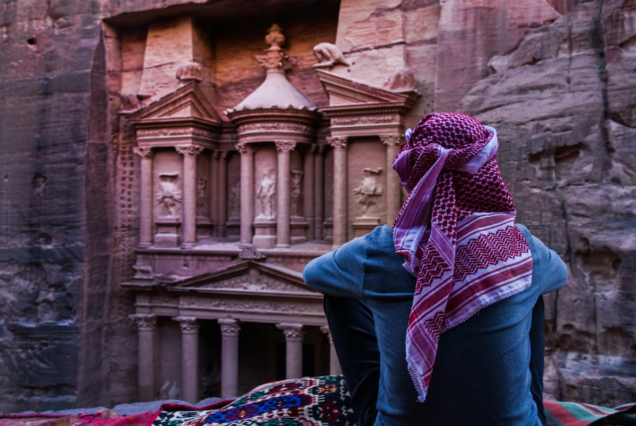

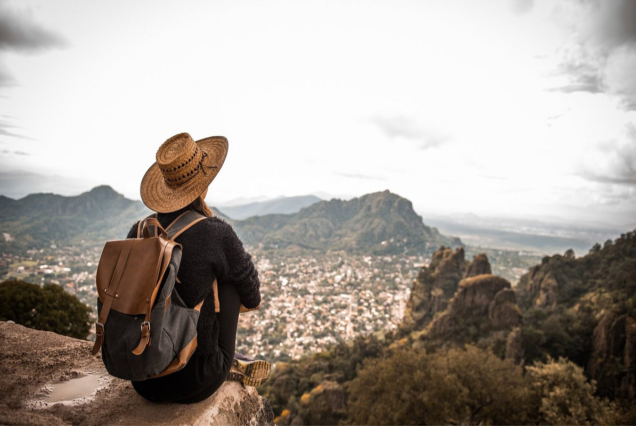



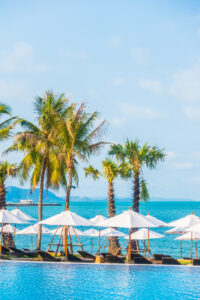
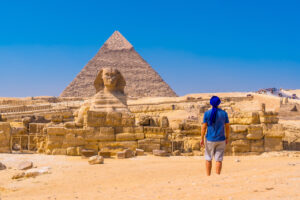
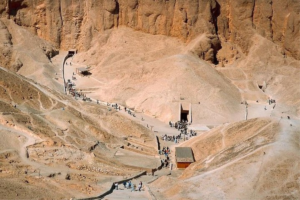
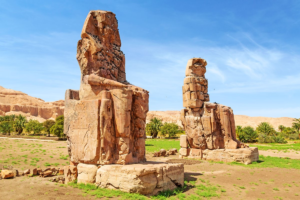
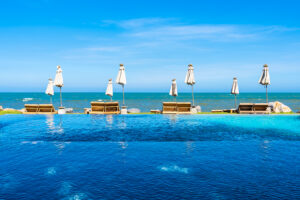
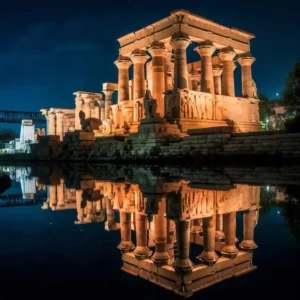
Reviews
There are no reviews yet.